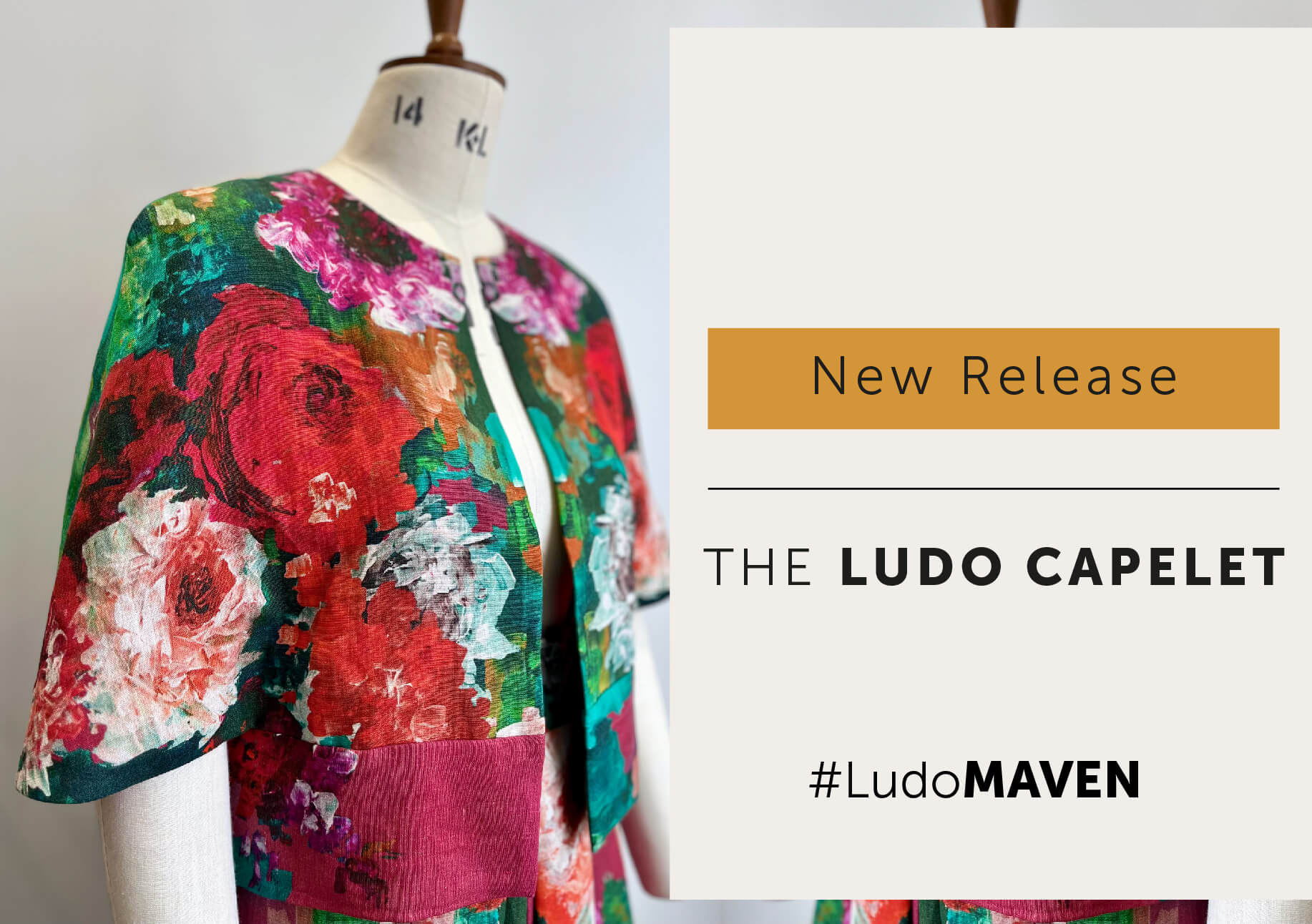
I’m so happy to share that we are finally having a workshop here at Maven HQ.
My amazing friend and glorious textile artist Maria Thomas is holding her incredible 2-day Housecoat Workshop here at The Maven Studio in Warwickshire.
Maria is a long time friend of mine, and a partner in crime for many of my textile adventures. She’s such an inspiring textile artist you are in for a real treat! You’ll be full to the brim of inspiration, ideas and a new found way to view textiles.
THE HOUSECOAT WORKSHOP
Collaged Hanging Art Jacket Workshop with Maria Thomas
Saturday 20th & Sunday 21st July 2024
10am – 4pm
The Maven Studio, Kenilworth, Warwickshire
JOIN THE WAITING LIST – sorry this workshop is now full. If you are interested in any workshops that are currently full please pop me an email and ask to be put on the waiting list. Places sometimes become available so it’s worth being on the list and we may run another one in the future! Email Us Here.
This is a 2 day artist-led workshop.
Learn how to create your own collaged textile-art jacket housecoat hanging using reclaimed household linens and paper wrappers mixed with quilted collage techniques.




During this workshop you will be exploring used cloth within a garment.
Under Maria’s expert guidance you will learn how to use a pre-prepared jacket pattern to create a cloth and paper collaged art garment.
Along with pattern layout (using recycled papers and vintage fabrics) you will construct an original appliqué and quilted textile-art garment.
Maria is a textile artist and the primary purpose of this workshop is to explore and create an heirloom piece rather than a wearable ‘fashion’ jacket.
Explore Maria’s Housecoat Series for some inspiration and to see how she uses found objects, papers & mementos in her work.
We only have a very limited number of spaces so please book your place early if you fancy joining us for a marvellous weekend of making!
There will most definitely be a spot of tea + coffee + cake involved and also a 10% discount on Kleins Haberdashery for during the workshop if you fancy a rummage through my wares!
The Textile Artist / More about Maria
Maria has over 30 years experience teaching embroidery, print and textile design, in further and adult education as well as delivering bespoke textile workshops to groups around the UK. She loves to share her passion for textiles and enjoys giving colourful talks about her career and work inspirations. Working with paper, cloth and found objects Maria’s workshops range from appliqué, quilting and stitched collage to hand dyeing techniques and processes.
Maria’s work focuses on rehousing everyday objects that have a specific association or meaning to her. Notions of motherhood, shopping lists, food wrappers and graphic packaging – offering assistance to domestic chores – are carefully sourced, cut out and stitched before being absorbed into the fabric by patchwork and quilting techniques. Shaping memories and experiences into her own visual language Maria’s work is a response to the events of her daily life.
Maria is the tutor and founder of the exhibiting group Together Textiles who meet for workshops in Warwickshire.
“Textile artist Maria Thomas is a master at finding and embedding found objects in ways that tell remarkable stories of life, love and loss. And her use of vintage textiles adds yet more meaning to the notion of treasured keepsakes and mementoes.”
Maria Thomas: Keepsakes in stitch – read the full article in Textile Artist here































